We all know what to expect from Cerne Abbas, don’t we? A picture speaks a thousand words on this one. Shall I give you a close up? No? We all know that by the 19th century he was associated with fertility and that it’s said that as a woman either sleeping alone in the phallus or, er, doing a bit more than sleeping there with your partner can cure infertility. No surprises there… But there’s another fertility boost in the very same village, and this one was probably the one used in the medieval period, and, perhaps, before.
Why? Well, if you go, as Anthony and I did this last weekend, to see the giant from the viewpoint, the text panel tells you that the Cerne Abbas giant may be one of the three ancient chalk figures of England – made, unlike most of the chalk horses and etc., before the Middle Ages. The others are, of course, the Uffington White Horse, which may be up to 3000 years old, and the Long Man of Wilmington, which, is now considered to be probably a lot newer than previously thought, not Iron Age, but 16th or 17th century – possibly much like the Cerne Abbas giant. Unlike the Uffington horse, which is first mentioned in the 11th century, there are no mentions of the two human figures before the 17th century, Cerne Abbas first appearing in 1694 and Wilmington in 1710. The giant might, in fact, be a bawdy caricature of Oliver Cromwell as Hercules (he once had a cloak as well as a club, now obliterated) put there by Lord Holles, the Lord of the Manor.

Holles was a Parliamentarian, but a moderate – he hated Cromwell and the army party, and accused him of cowardice. In the complicated times towards the end of the wars, he held fast to his moderate views, begging the king to reconsider. Sadly, neither the king nor Cromwell were moderates, and Holles’ faction was doomed to failure. He was, however, one of the leading people who brought about the Restoration. We will probably never know if he had the giant cut, however, as the first suggestion of this was in the 1770s, nearly a century after his death.
How it was cut and why are lost. If you do get close to it, it’s hard to see how the figure fits together. Anthony walked up the hill, and said that he could just see the horizontals… He didn’t cross the barbed wire into the giant’s enclosure, however. I busied myself with some anthropomorphic flowers instead, the fine Early Purples growing there.
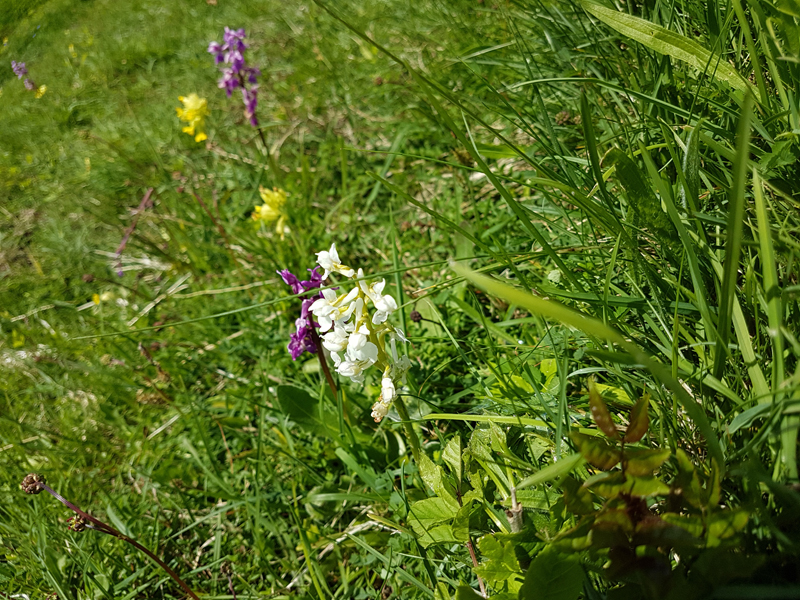
If only they had been Monkey Orchids – much more fitting! (These from a site near Megalopolis on the Peloponnese, though there are a very few sites here in England, there are none recorded in Dorset)

But what about that other fertility place? I had no idea that we were going to get a double folklore whammy from the place when we arrived. Obviously, I knew there had been an abbey there (here’s the site of it – really not a single stone left of the church) but what I didn’t know was the story of its foundation, and why. Indeed, on the OS 1:50000 map, there is no indication that there is an ancient holy well just down from the burial ground of the parish, below where the abbey once lay. It’s there on the 1:25000, but we didn’t have that.
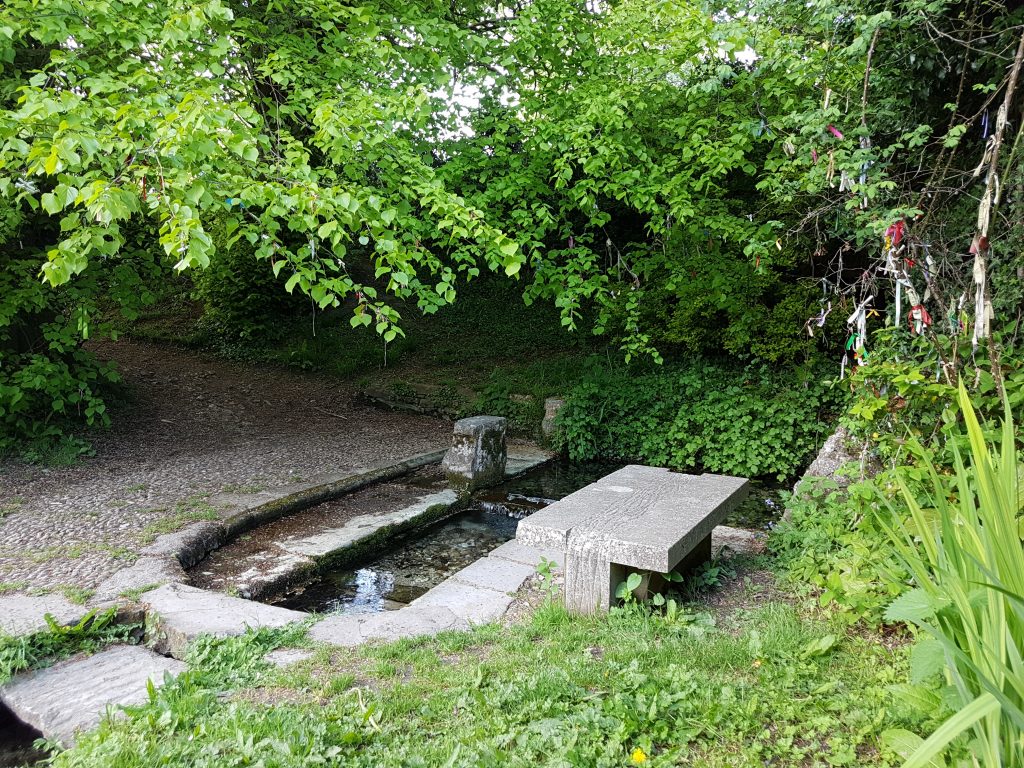
Oddly, there are two conflicting stories as to how the spring was discovered. In the seeming first, it’s St Augustine (of Canterbury, I assume?) who happened to be travelling there. He chanced upon some shepherds, and asked them if they wanted beer or water to drink – and on their saying ‘water’, he struck the ground with his staff and up bubbled a spring. As he struck the ground he cried out ‘Cerno El!’ – ‘I see God!’, a pun on the name of the village, Cernel … thus continuing the great saint punmeister tradition (see St Gregory’s quip ‘non angli, sed angeli’ when seeing English men at a slave market). This, if true, presumably happened at some point in the very early 7th century when Augustine was archbishop.
But, unfortunately, this tale was concocted by the monks of Cerne Abbas in the 11th century. Cruising around the country at that moment was Gotselin, a roving hagiographer – William of Malmesbury says of him, ‘He went over the bishoprics and abbeys for a long time, and gave many places monuments of his surpassing knowledge.’[i] – who happened to be the first hagiographer of Augustine of Canterbury. The first archbishop of Canterbury was a far more exalted founder, the monks evidently thought, than the man who may really have discovered the spring.
The text panel at the well says that the next tale is ‘truth’, but we must be cautious with that – especially as we don’t really know whether this man definitely existed. St Eadwold may – or may not – have a Suffolk connection. He may be the brother of St Edmund, but managed to sensibly skip off out of East Anglia before his brother was killed by the Vikings and make his way to Dorset. On his way, he had a vision of a silver well, and started trying to follow a path to it. On arriving at Cernel he gave a shepherd some pennies – which were, of course, silver in those days – for bread and water, and the shepherd took him to a well. Eadwold recognised it as the one in his vision, and built a hermitage there – though it might not have been at the spring, but on a hill nearby (Giant Hill, anyone?), and he worked many miracles (though I don’t know whether they were before or after he died … O for access to the Journal of Medieval Latin!) He probably died about 900AD, and a swift 70 years later the Benedictine monastery was founded. Of course it’s possible that the well was both struck by Augustine and rediscovered by Eadwold … and used by the shepherds throughout.
But what about that fertility stuff? There are a number cures attributed to the well – it’s good for eyes and newborns as well as curing infertility. It’s also a wishing well, with girls instructed to place their hands on the wishing stone and pray to St Catherine for a husband (there was a St Catherine’s chapel just up the hill). A more sinister superstition is that if you look in the well first thing on Easter Day, then you will see those who will die that year reflected back up at you…
As for chalk figures, even if we don’t have the chalk in Suffolk, we can still do the job… Is the figure of the Suffolk Black dragon still at Bures?
[i] Anon ‘Goscelin or Gotselin, (fl 1099)’, Oxford Dictionary of National Biography: http://www.oxforddnb.com/view/10.1093/odnb/9780192683120.001.0001/odnb-9780192683120-e-11105
Information about the well from the village text panel and from Harte, J M Dorset Holy Wells: http://people.bath.ac.uk/liskmj/living-spring/sourcearchive/fs1/fs1jh1.htm


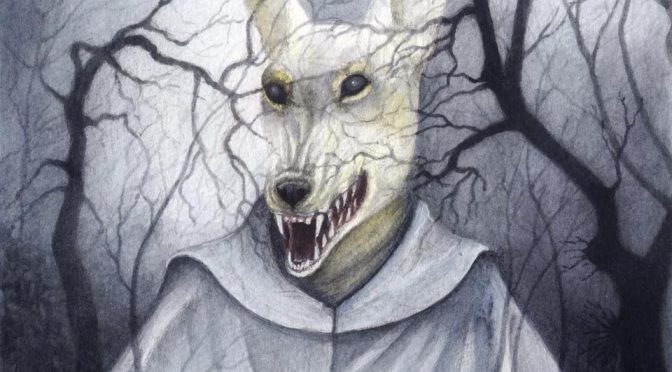

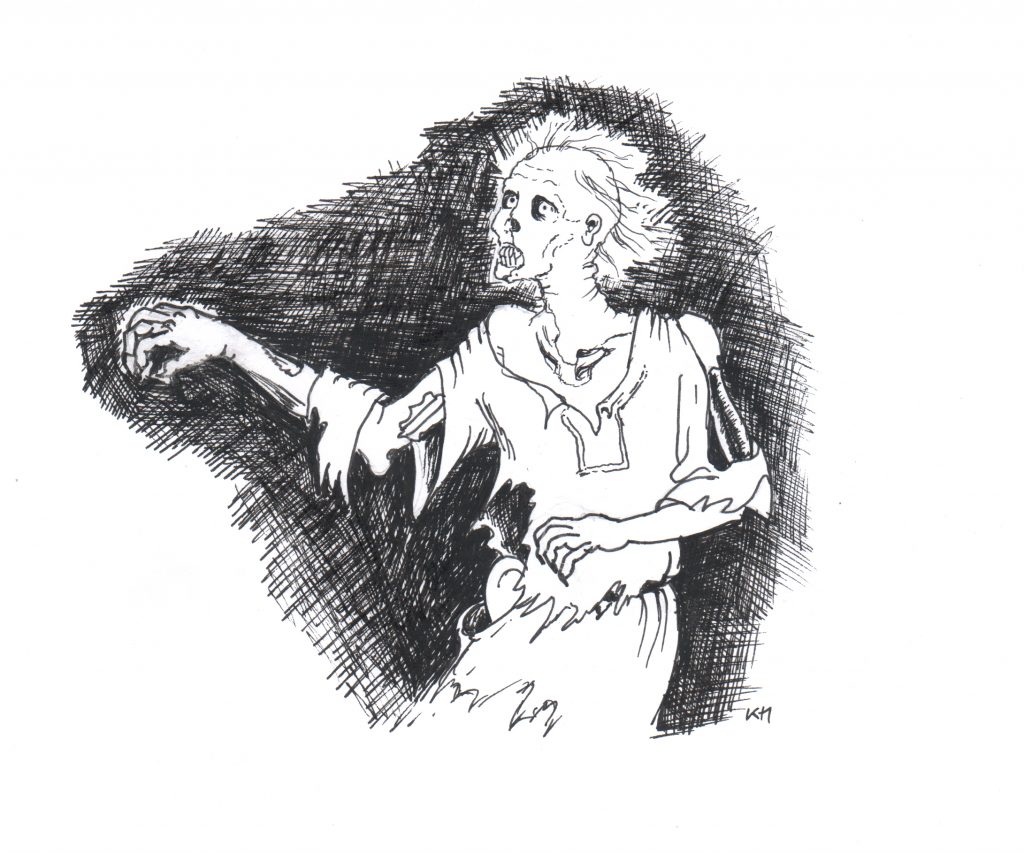

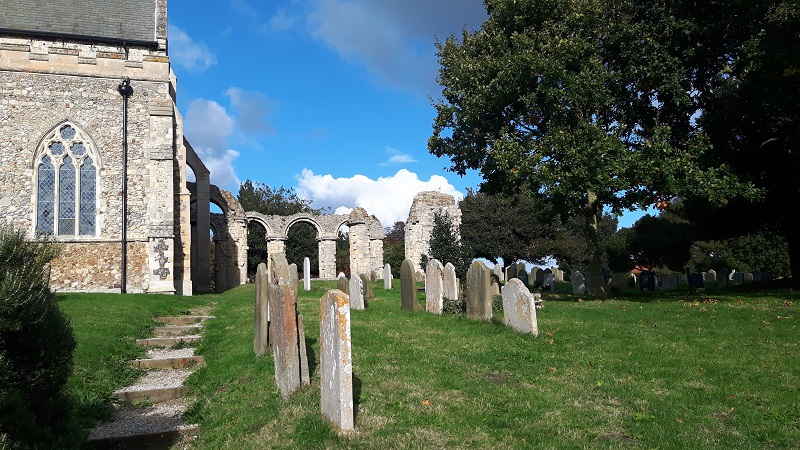
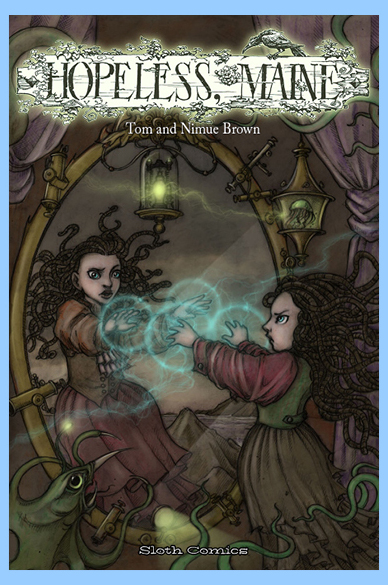

 Tonight is Halloween, and it’s supposed to be the night when the fair folk rise up out of the hollow hills and ride through the lands of the living. If see them dancing and step into the ring to dance alongside them, you could be caught forever… There are many dangers for the unwary mortal stepping into the Otherworld, but less is said about those poor creatures who by chance step out of that world into ours. What if you didn’t want to come to the mortal world? What if it was an accident? Just two children strayed away from their homes, lured into a tunnel by the sound of pretty bells, only to awake in the blazing dawn to a land of strangers, fear and death.
Tonight is Halloween, and it’s supposed to be the night when the fair folk rise up out of the hollow hills and ride through the lands of the living. If see them dancing and step into the ring to dance alongside them, you could be caught forever… There are many dangers for the unwary mortal stepping into the Otherworld, but less is said about those poor creatures who by chance step out of that world into ours. What if you didn’t want to come to the mortal world? What if it was an accident? Just two children strayed away from their homes, lured into a tunnel by the sound of pretty bells, only to awake in the blazing dawn to a land of strangers, fear and death.

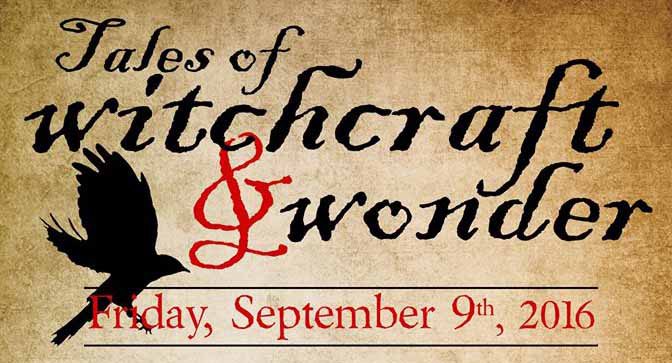
 On Friday night I had an absolute blast! I had the privilege to take part in an amazing show,
On Friday night I had an absolute blast! I had the privilege to take part in an amazing show, 
 And all of this in the most amazing venue, Gloucester Blackfriars. Hard to believe the difference in the site from when I worked in Gloucester 10 or so years ago. I worked in the Docks, a bare hop (not even a skip and a jump) away, and although I knew it was there, of course I never went in. Now it’s a fantastic venue, perfect for storytelling and music. So atmospheric … the courtyard magical with little lights and the sound of the superb Gwilym Davies on pipe and tabor ushering in the guests with music, and the thrill of being in the building with all its layers – the great fireplace hanging above us as we performed, that strange combination of church and home. A friend and I were wondering what ghosts marched above our heads, pacing out an afterlife on lost floors… The Inkies had made it beautiful, too, and I particularly loved the film of the Forest with fairies playing above me – what could have been more fitting for the Fairy Horn?
And all of this in the most amazing venue, Gloucester Blackfriars. Hard to believe the difference in the site from when I worked in Gloucester 10 or so years ago. I worked in the Docks, a bare hop (not even a skip and a jump) away, and although I knew it was there, of course I never went in. Now it’s a fantastic venue, perfect for storytelling and music. So atmospheric … the courtyard magical with little lights and the sound of the superb Gwilym Davies on pipe and tabor ushering in the guests with music, and the thrill of being in the building with all its layers – the great fireplace hanging above us as we performed, that strange combination of church and home. A friend and I were wondering what ghosts marched above our heads, pacing out an afterlife on lost floors… The Inkies had made it beautiful, too, and I particularly loved the film of the Forest with fairies playing above me – what could have been more fitting for the Fairy Horn?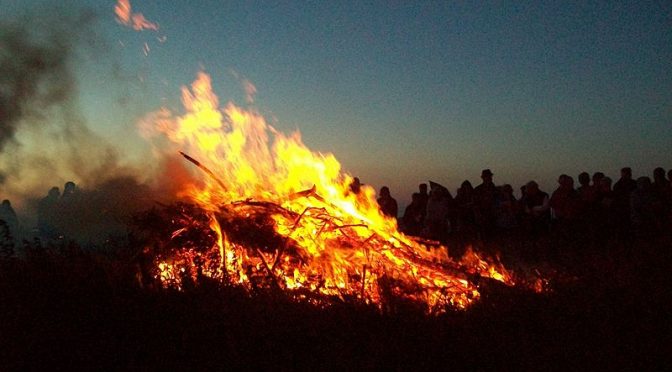
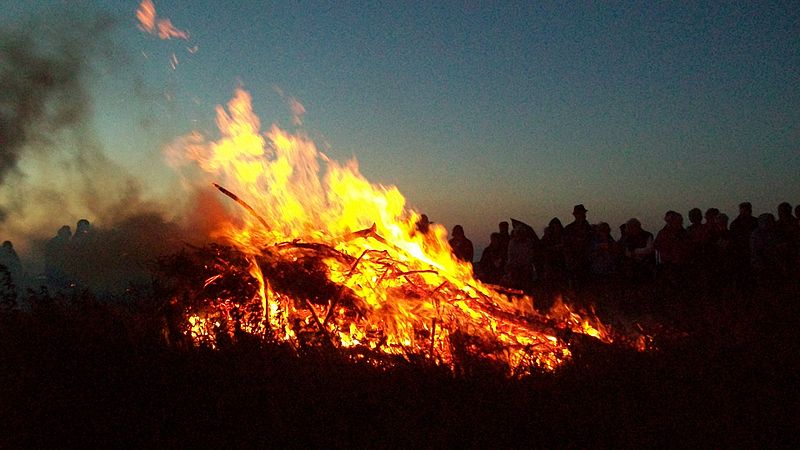 It’s midsummer, and, typically for Britain, the sun’s gone in, the rain’s coming down. Flash floods abound and friends have had both their houses and their workplaces inundated. Today, this is obviously a major inconvenience for those concerned, but for the rest of us we just note it on the news and move on. After all, there are more important things to worry about than a spot of rain at midsummer, aren’t there?
It’s midsummer, and, typically for Britain, the sun’s gone in, the rain’s coming down. Flash floods abound and friends have had both their houses and their workplaces inundated. Today, this is obviously a major inconvenience for those concerned, but for the rest of us we just note it on the news and move on. After all, there are more important things to worry about than a spot of rain at midsummer, aren’t there?